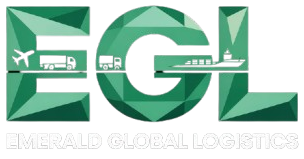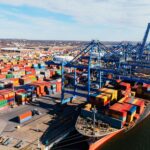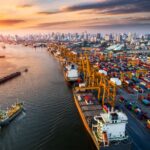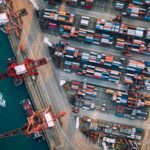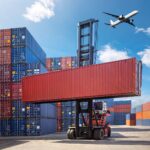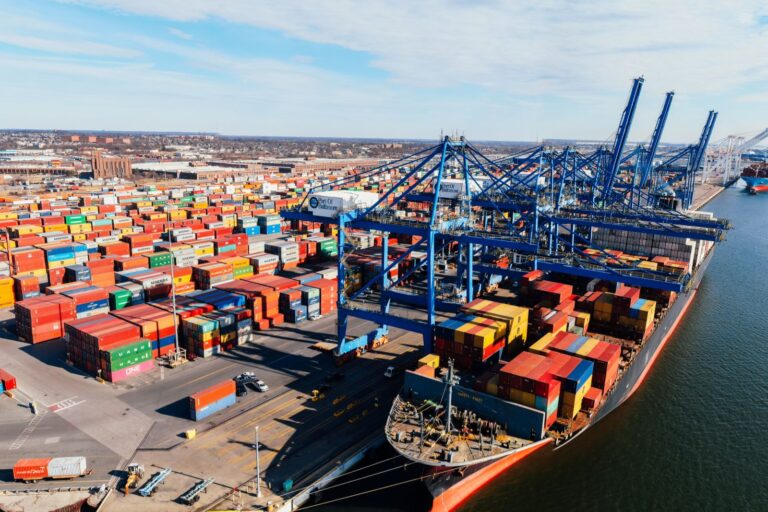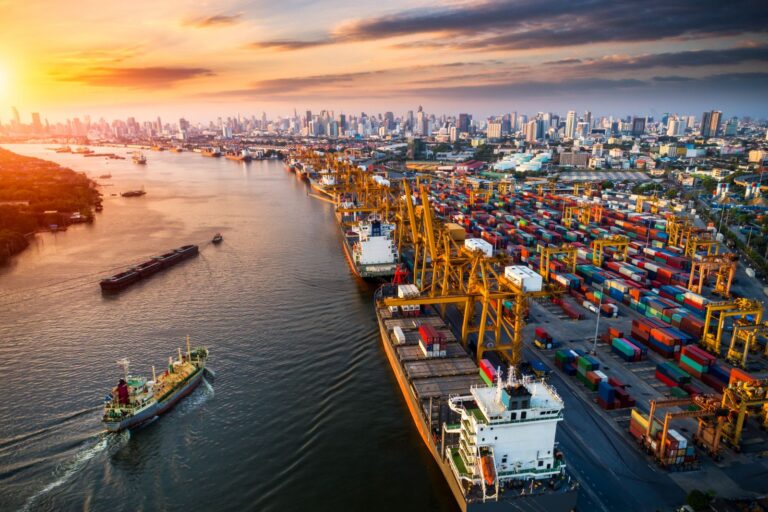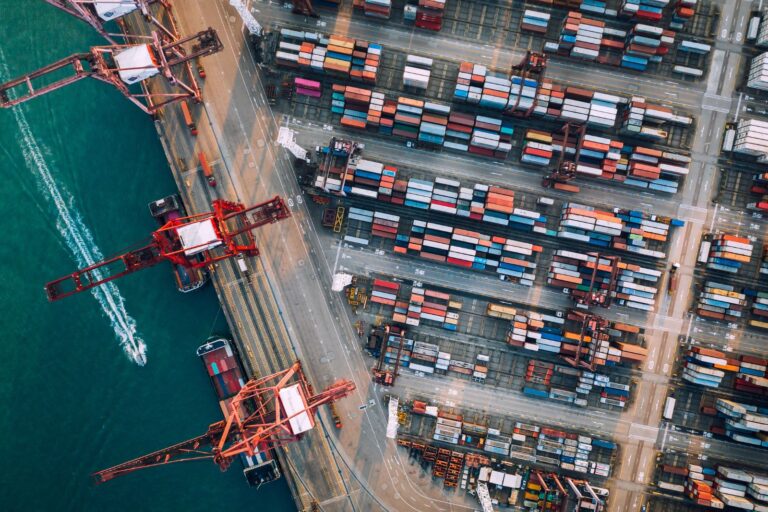Introduction
For businesses importing or exporting goods, one of the most challenging parts of international trade is navigating customs regulations. Without the right documentation or compliance, shipments can face costly delays, fines, or even seizure. That’s why understanding how customs clearance works is crucial for smooth and efficient trade.
Customs clearance is the process of ensuring that goods entering or leaving a country meet all legal and regulatory requirements. While the steps can be complex, working with experts makes the process seamless. Companies like EGL – Emerald Global Logistics specialise in handling customs clearance for Australian businesses, ensuring compliance and faster delivery.
In this guide, we’ll break down how customs clearance works, why it matters, the costs involved, and practical tips to avoid common mistakes.
What Is Customs Clearance?
Customs clearance is the approval process goods must go through before entering or leaving a country. It involves verifying:
- Documentation – Correct paperwork such as invoices, bills of lading, and permits.
- Duties and taxes – Payment of import or export tariffs.
- Compliance – Meeting quarantine, health, or safety regulations.
In short, customs clearance ensures that international trade is legal, safe, and properly taxed.
Why Customs Clearance Matters
Successful customs clearance is essential for:
- Avoiding delays – Incorrect paperwork can hold shipments for days or weeks.
- Reducing costs – Proper classification prevents overpayment of duties.
- Protecting reputation – Ensures smooth supply chain operations.
- Maintaining compliance – Avoids penalties or seizure of goods.
For businesses, mastering customs clearance is a competitive advantage that keeps goods moving and customers satisfied.
Step-by-Step: How Customs Clearance Works
1. Documentation Preparation
Key documents required include:
- Commercial invoice
- Packing list
- Bill of lading or airway bill
- Certificate of origin
- Import/export permits (if applicable)
2. Customs Declaration
The customs broker or freight forwarder submits a declaration to authorities, detailing the goods, their value, and their origin.
3. Duty & Tax Assessment
Customs officers calculate tariffs, duties, and GST based on product classification under the Harmonized System (HS Code).
4. Inspection & Verification
Goods may be physically inspected to ensure compliance with safety, quarantine, or quality regulations.
5. Payment & Release
Once all duties are paid and goods are cleared, the shipment is released for delivery to its final destination.
💡 Tip: Partnering with an experienced freight forwarder like EGL can simplify each step, ensuring compliance and faster clearance.
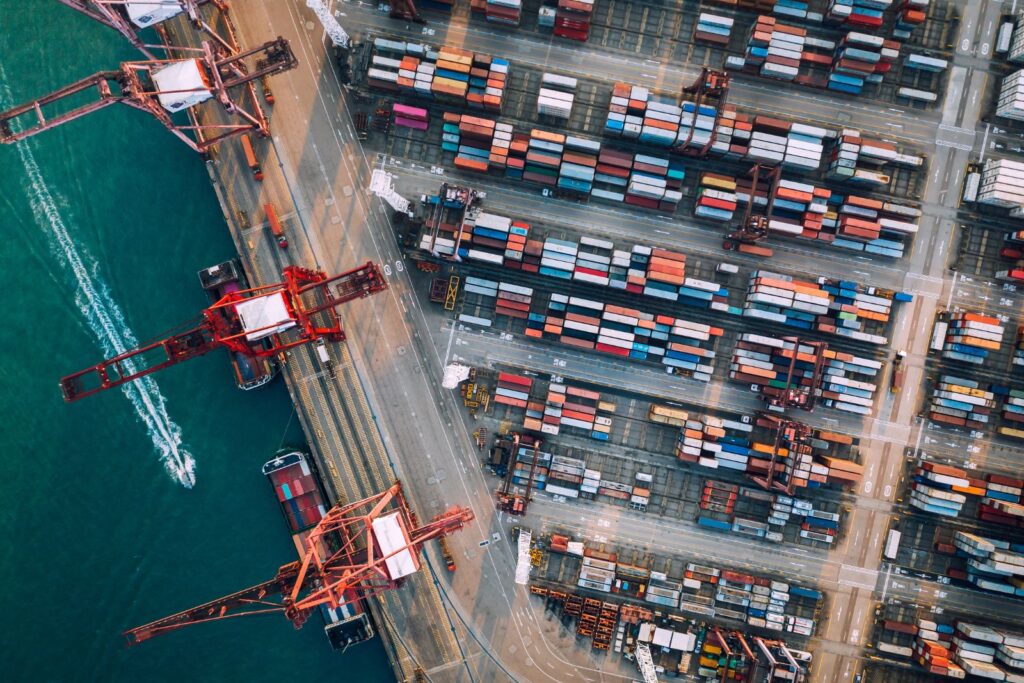
Costs of Customs Clearance
Customs clearance costs vary depending on:
- Type of goods – Some products attract higher tariffs.
- Country of origin – Trade agreements may reduce duties.
- Freight mode – Airfreight often has higher clearance charges than sea freight.
- Broker fees – Customs brokers charge for document handling and compliance.
Typical costs may include:
- Customs duty and GST
- Quarantine inspection fees
- Port or terminal handling charges
- Brokerage service fees
👉 At EGL – Emerald Global Logistics, we provide transparent quotes so you understand the full landed cost before shipping.
Benefits of Using a Customs Broker or Freight Forwarder
- Expert knowledge – Avoid errors with HS Codes and regulations.
- Faster clearance – Correct paperwork reduces delays.
- Cost savings – Prevent overpayment of duties and penalties.
- Peace of mind – Experts handle compliance, freeing you to focus on business.
Best Practices for Smooth Customs Clearance
- Double-check documentation – Ensure consistency across all paperwork.
- Classify goods correctly – Use accurate HS Codes.
- Plan for inspections – Factor in potential delays.
- Understand Incoterms – Clarify buyer and seller responsibilities.
- Work with trusted partners – Experts reduce risk and save time.
Common Mistakes to Avoid
- Incorrect product classification – Leads to overpayment or penalties.
- Missing documents – Causes shipment holds at the border.
- Ignoring quarantine requirements – Especially for food, plants, or animal products.
- Under-declaring value – May result in fines or confiscation.
- Not using a broker – Small mistakes can become costly delays.
Example: How EGL Helped a Business Avoid Delays
An Australian retailer importing electronics faced repeated customs delays due to misclassified products. By engaging EGL – Emerald Global Logistics, the company streamlined its paperwork, corrected HS Code errors, and reduced clearance times from 10 days to just 2. This allowed them to meet customer demand without disruption.
👉 Learn more about EGL’s tailored logistics solutions: About EGL
FAQs: How Customs Clearance Works
1. How long does customs clearance take?
It usually takes 1–3 days if documents are correct. Delays occur if inspections or corrections are required.
2. Do I need a customs broker?
While not mandatory, brokers simplify the process and reduce risks, especially for first-time exporters or importers.
3. What documents are needed for customs clearance?
Invoices, packing lists, bills of lading, certificates of origin, and permits (for restricted goods).
4. Can small businesses handle customs clearance themselves?
Yes, but mistakes can be costly. Partnering with a freight forwarder is often more efficient.
5. What happens if duties are unpaid?
Goods remain on hold until full payment is made, which can cause expensive storage charges.
Conclusion – Simplify Customs Clearance with Experts
Understanding how customs clearance works is key to successful international trade. From documentation and duty payments to inspections and release, every step must be managed carefully to avoid delays and added costs.
At EGL – Emerald Global Logistics, we provide expert customs clearance and freight forwarding services that streamline the process for Australian businesses. Whether you’re importing goods or exporting to new markets, our team ensures compliance and efficiency at every stage.
👉 Ready to make customs clearance hassle-free? Contact EGL today for expert logistics support tailored to your business needs.
